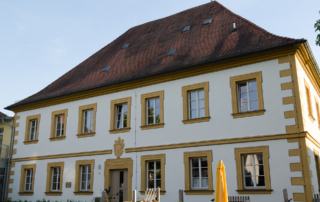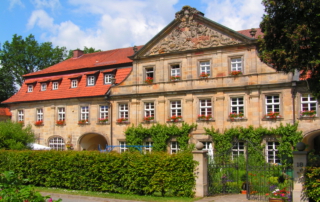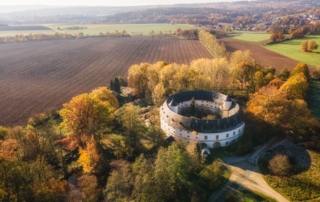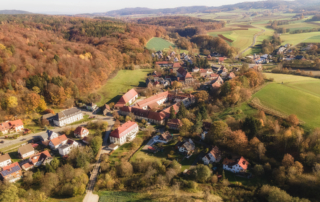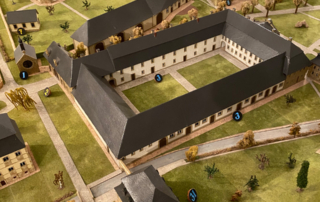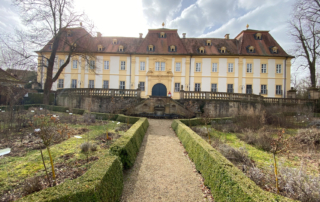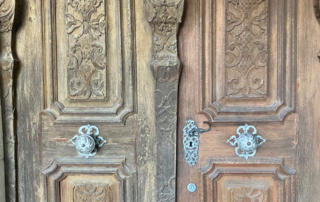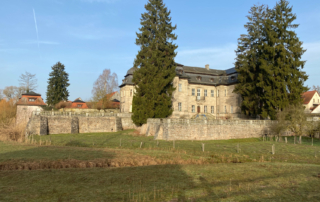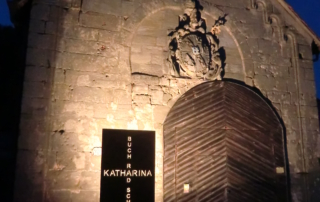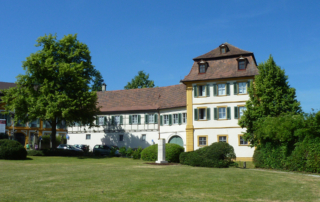KLOSTERLANGHEIM
Date of foundation: 1132 (order number 69 according to Janauschek)
Dissolution date: 1803
Filiation / mother monastery: Morimond-Ebrach / Ebrach Monastery
Daughter monasteries: Plasy Monastery, Schlägl Abbey
As a branch of Ebrach Abbey, founded in 1127, Langheim was at the beginning of the Cistercian Eastern Movement in Europe. Subsidiaries included Plasy in the Czech Republic. Situated in the valley of the Leuchsenbach stream, the abbey focused on forestry, fish farming and trade with important town courts in Bamberg and Kulmbach. The construction of the Vierzehnheiligen pilgrimage church created a landmark in the Upper Main Valley.
Audio version
Current events
Latest posts
The cultural landscape
Langheim Monastery existed for 670 years from 1132/33 to 1802. It was closely linked to the diocese of Bamberg, which was founded in 1075. In the early days, the focus was on support from the latter, but this was followed by disputes over longer periods of time. Neither the desired imperial immediacy nor the establishment of a territory could be achieved in this way.
Dating from the early 13th century, St. Catherine’s Chapel is one of the oldest surviving gate chapels in German Cistercian monasteries.
The quarries north of the monastery are worth mentioning. Numerous buildings were constructed from these, and can therefore easily be attributed to the work of the monastery.
The seven ponds still preserved or visible in the immediate vicinity of the monastery can also be linked to this.
Hardly any other building erected by the Cistercian abbey of Langheim is as well-known as the Basilica of Vierzehnheiligen, built according to plans by Balthasar Neumann.
The loss of Langheim’s central monastic buildings due to secularization gives today’s Klosterlangheim a village-like character.
The architectural treasures are hidden here, such as the unusually spacious beer cellar from the 16th century or the still preserved fish tank. With the still largely preserved and magnificently developed farmsteads and official residences in Trieb, Hochstadt, Bamberg, Giechkröttendorf, Kulmbach and Tambach, as well as the architecturally almost unique Nassanger farm, the Langheim monastery landscape has remarkable ensembles to offer.

